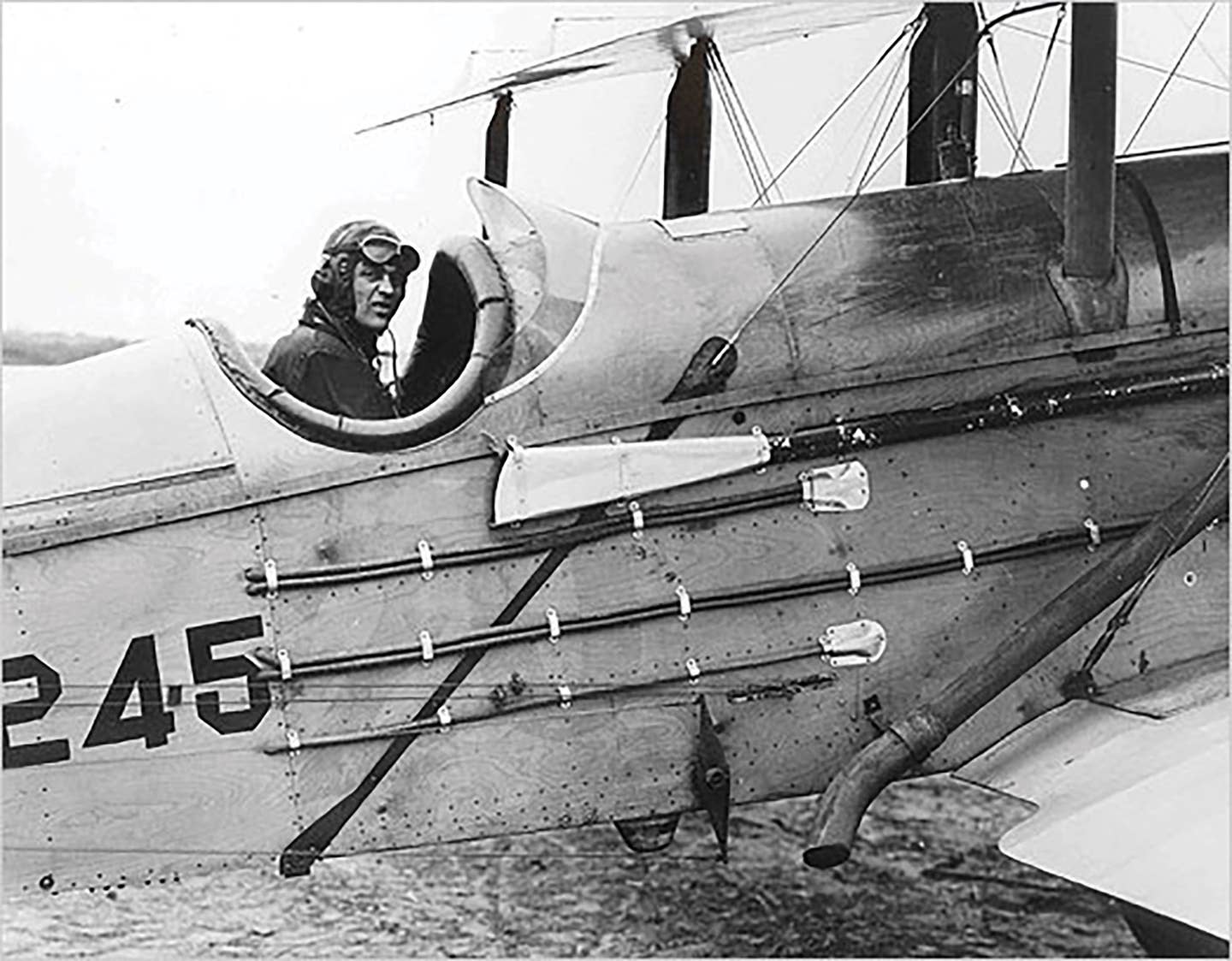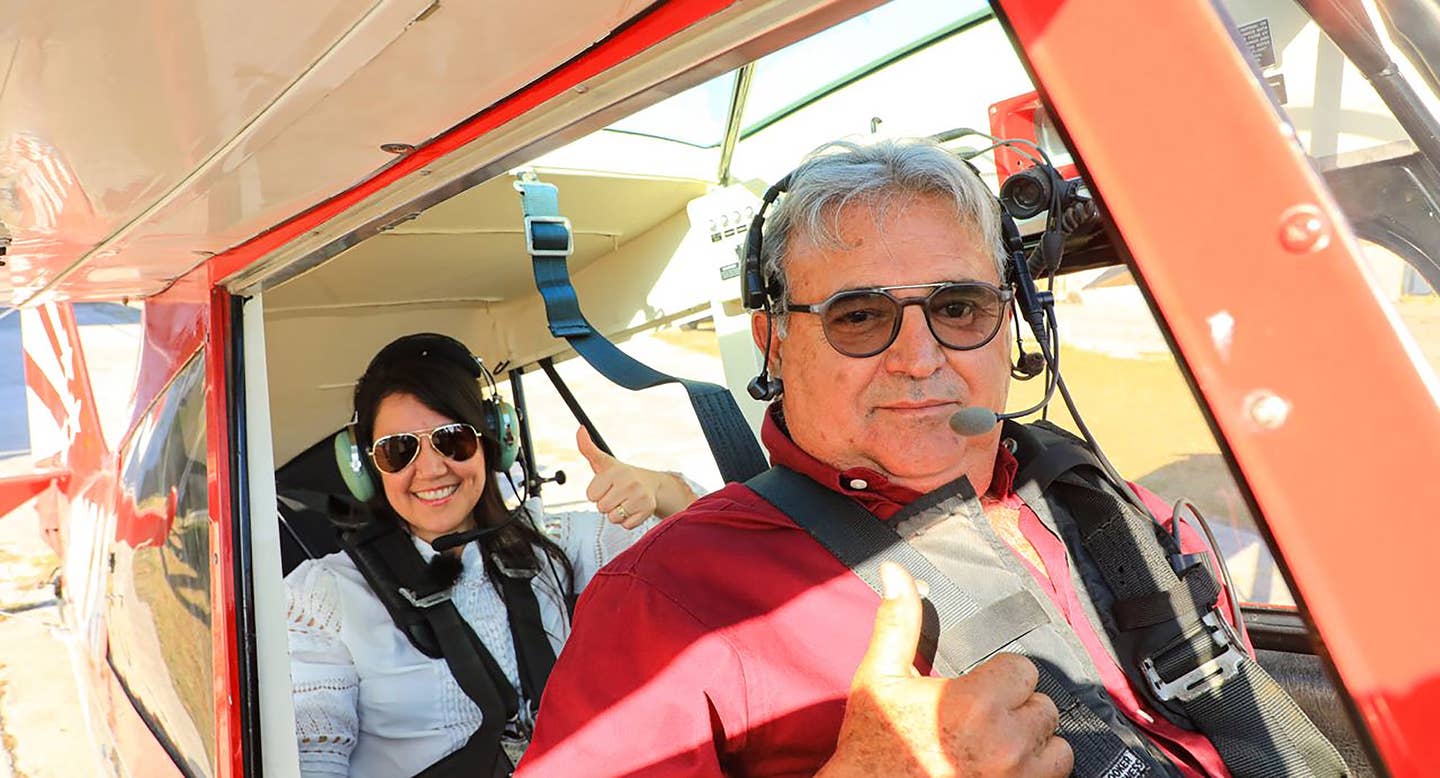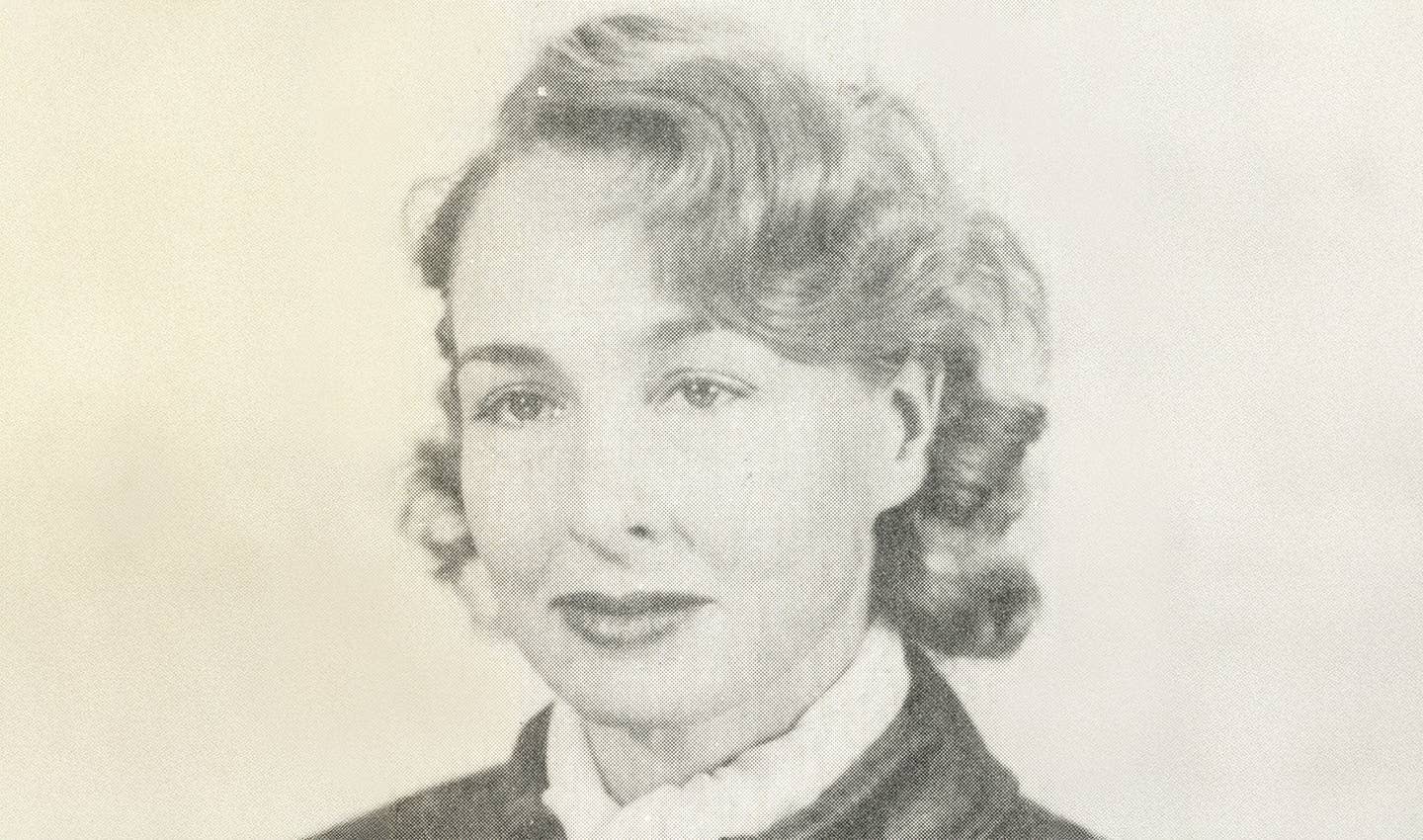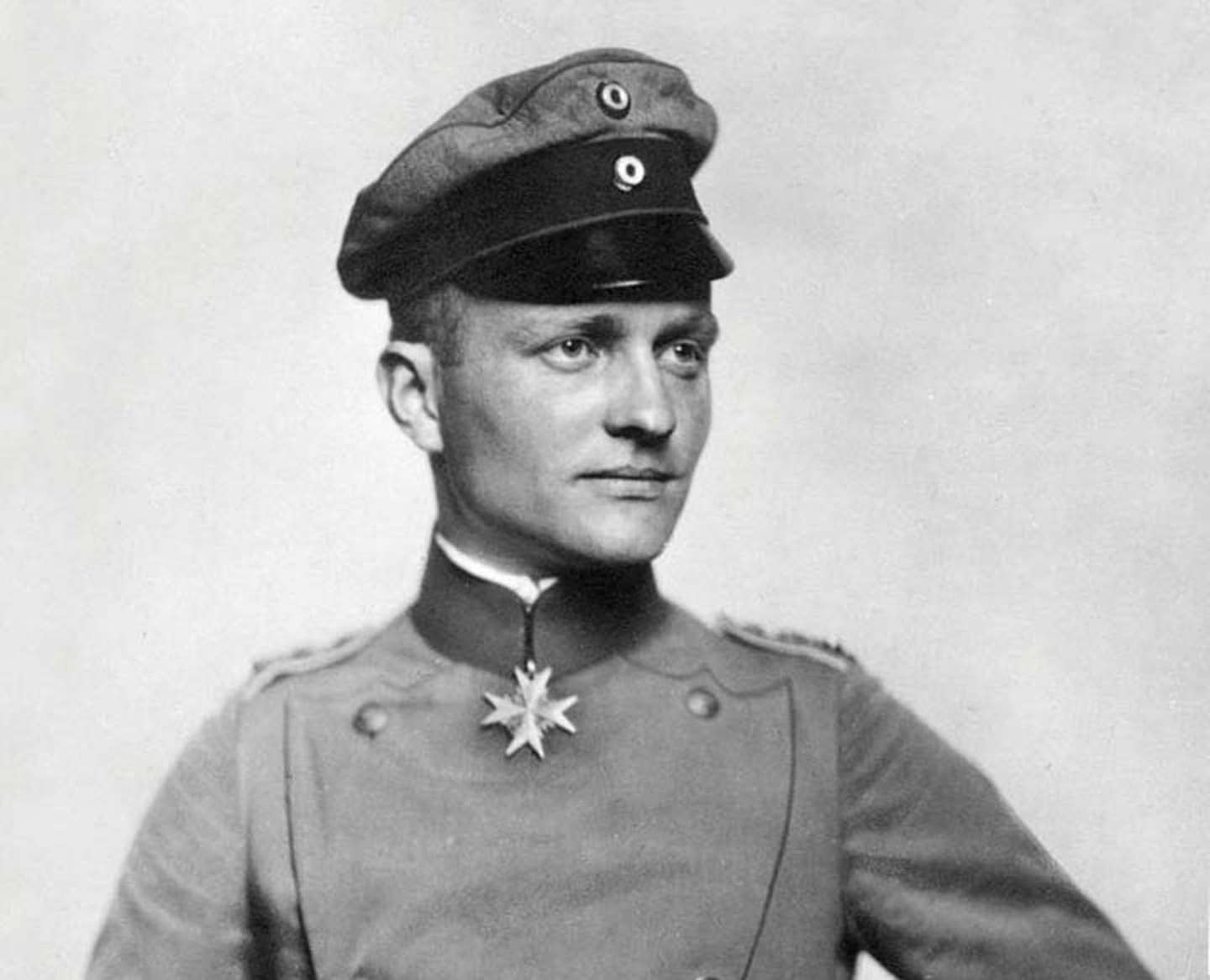Bob Hoover
Peers considered aviation legend the ‘greatest stick-and-rudder pilot who ever lived.’
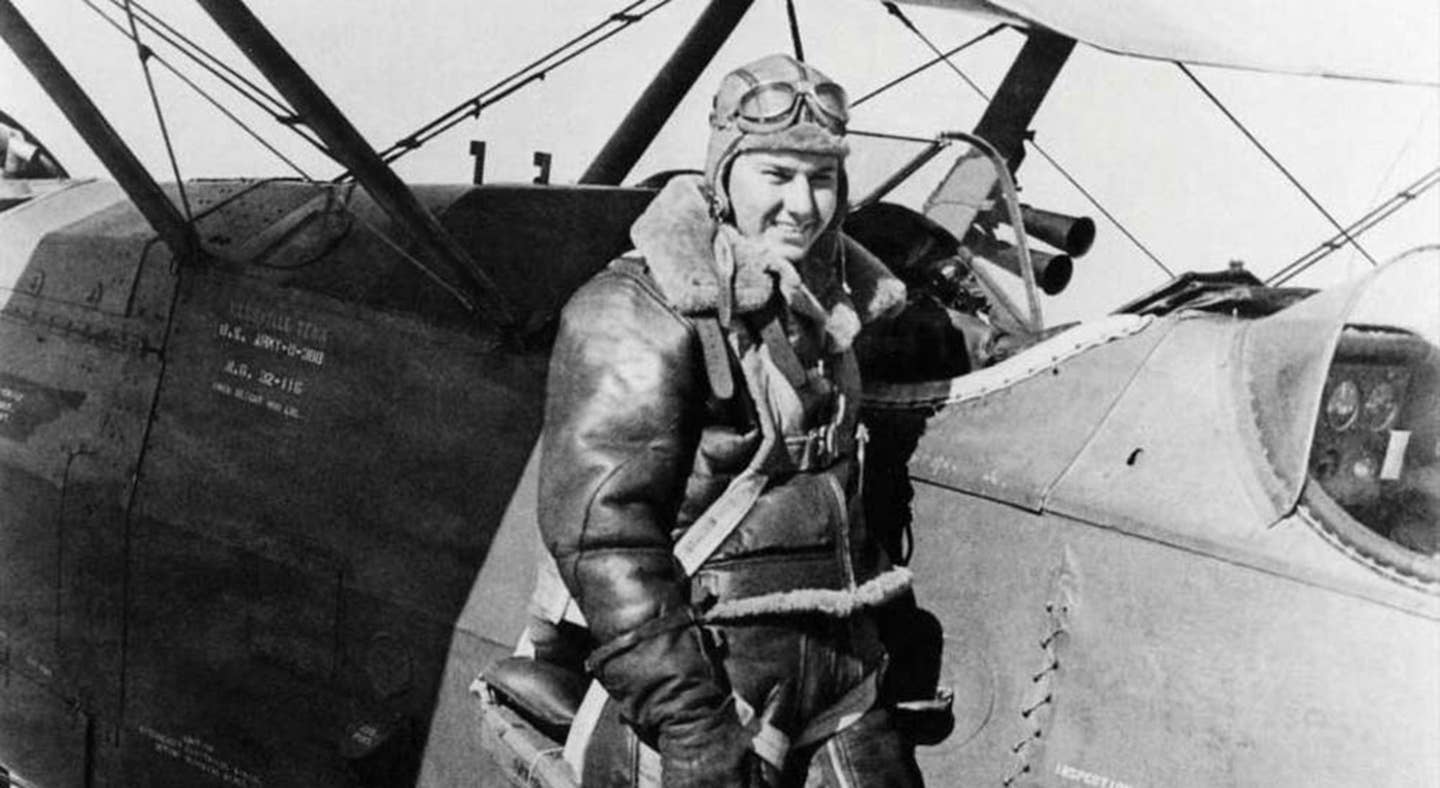
When discussing aviation legends, the list is long. Yet there is one who makes just about every single roll call, and many consider him the ultimate “pilot’s pilot”—Bob Hoover.
A U.S. Army Air Forces aviator, flight instructor, test pilot, and ultimate airshow performer, Hoover dazzled generations of pilots and fans. And surely more than one pilot these days can point to Hoover as their inspiration.
Born in 1922 in Nashville, Tennessee, Robert Anderson Hoover caught the flying bug early. At 15, he could frequently be found biking over 15 miles to Berry Field to watch airplanes. He knew he belonged in the sky, and he took a job bagging groceries to pay for flight training.
While it’s hard to imagine Hoover having any issues with flying, airsickness was a concern early in his career. That might have grounded most pilots, but he took it as a personal challenge. He drove himself harder, writing in his 1996 autobiography Forever Flying: “I pushed myself to the limit by doing wingovers, stalls, and spins. Every time I found I could handle one manoeuvre, I went on to the next one until I conquered the airsickness.”
At 18, Hoover joined the Tennessee Air National Guard, but it wasn’t until the Japanese attack on Pearl Harbor in 1941 that he was approved for military flight training. By 1942, he found himself in England with the 20th Fighter Group, where he was placed in charge of 67 pilots. The position was largely flight testing, and he begged for a transfer. Eventually, that was granted, and he joined the 52nd Fighter Group in Sicily.
While it’s hard to imagine Hoover having any issues with flying, airsickness was a concern early…but he took it as a personal challenge.
In early 1944, Hoover was shot down, captured, and sent to Stalag Luft I, a prisoner-of-war camp in Barth, Germany. He spent 16 months there and attempted multiple escapes. During a riot one night, he took his chance in the confusion, scaled a fence, and found his way to an airport where he commandeered a Focke-Wulf reconnaissance plane. It was a huge risk to fly an enemy aircraft into Allied territory, yet Hoover was able to make it to the Netherlands, and after a few tense minutes with some Dutch farmers who were convinced they had apprehended a German pilot, he found a British supply truck.
After the conclusion of WWII, Hoover was assigned to Wilbur Wright Field in Dayton, Ohio, where he befriended Chuck Yeager and later acted as his chase pilot when Yeager broke the sound barrier in 1947.
After leaving the Air Force in 1948, Hoover continued to serve as a test pilot for General Motors’ Allison Engine Company, then later North American Aviation. By 1950, he could be found performing at airshows across the country in a P-51 he affectionately dubbed Ole Yeller, and later his twin-engine Shrike Commander. Hoover dazzled crowds for nearly 50 years, flying with engines stopped and feathered, pouring tea, and was known for his good nature and ever-present Panama hat.
Hoover gave his last public performance in 2000 at the Sun ’n Fun Aerospace Expo in Lakeland, Florida. He died in 2016 at 94.
Hoover was named to FLYING Magazine’s “51 Heroes of Aviation” in 2013, and his Shrike Commander, delivered by Hoover himself, resides in the Smithsonian Institute’s Udvar-Hazy Center in Washington, D.C.
His accolades are many, including the documentary Flying the Feathered Edge, which was produced in 2014. But perhaps the greatest honor of all is that aviation legends like Jimmy Doolittle, Yeager, and Charles Lindbergh all called Hoover the “greatest stick-and-rudder pilot who ever lived.”

Subscribe to Our Newsletter
Get the latest Plane & Pilot Magazine stories delivered directly to your inbox

